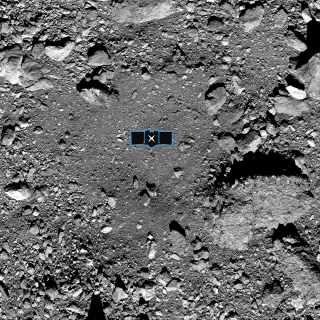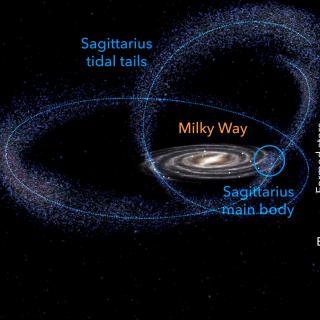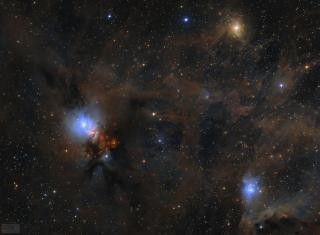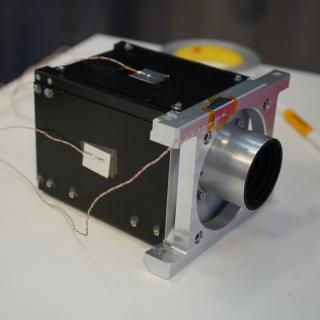
This Tuesday October 20th at around 23.12 hr (Canary time) the NASA space probe OSIRIS-REx will make its first attempt to collect samples from the asteroid (101955) Bennu. The Instituto de Astrofísica de Canarias (IAC) has played an active role in the mission since 2011. Researchers Julia de León, Javier Licandro, Eri Tatsumi and Juan Luis Rizos, who are members of the science team of OSIRIS-REx will be present telematically at the meeting organized by this NASA mission so that the science team can follow in real time this dangerous maneuvre¸ using the SamCam camera on board the probe. This
Advertised on




